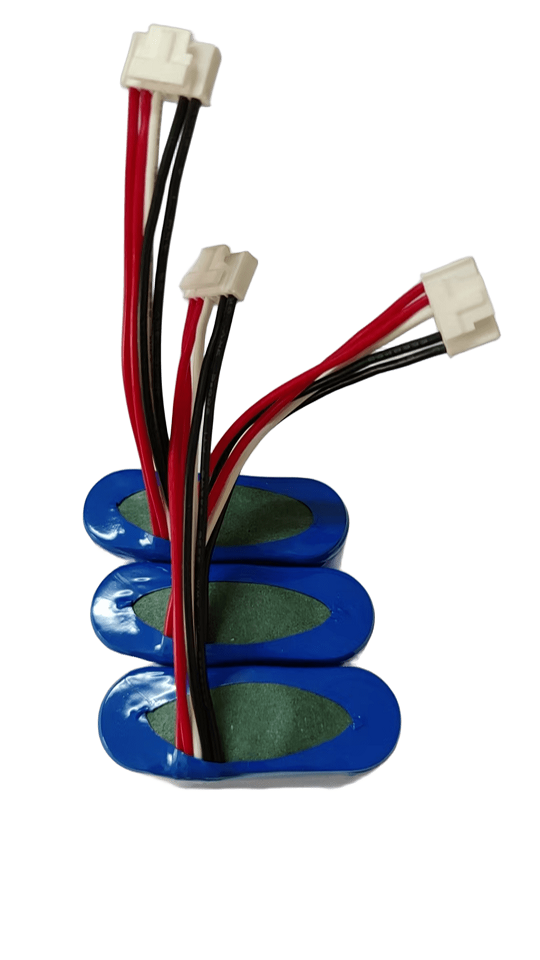
Introduction
Managing thermal changes in lithium-ion battery systems is critical for ensuring safety, extending battery life, and preventing failures. Heat within battery systems is influenced by two main factors: the generation of heat during chemical reactions and the dissipation of heat through cooling mechanisms. Understanding the sources of heat and implementing control strategies are key to maintaining safe operation.
Causes of Thermal Changes in Lithium-ion Battery Systems
- Electrolyte Reaction with Negative Electrode
Unwanted reactions between the electrolyte and the negative electrode can generate heat and trigger degradation. - Electrolyte Thermal Decomposition
The organic compounds in electrolytes are unstable under high temperatures, causing decomposition and further heat buildup. - Electrolyte Reaction with Positive Electrode
Similar to the negative electrode, electrolyte reactions with the positive electrode contribute to internal heat. - Thermal Decomposition of Negative Electrode Material
Negative electrode materials, such as graphite, can decompose under excessive heat, increasing thermal risks. - Thermal Decomposition of Positive Electrode Material
Cathode materials (like LiCoO₂) may release oxygen during decomposition, intensifying heat generation. - Enthalpy Changes of Active Substances
Exothermic reactions within positive and negative electrode materials release heat as part of chemical energy transformations. - Heat from Internal Resistance
Current flow through the internal resistance of the battery naturally produces heat, which rises with higher charge and discharge rates.
Thermal Runaway and Safety Risks
When thermal changes in lithium-ion battery systems exceed safe limits, they may trigger thermal runaway. This involves:
- Rapid heat generation
- Flammable electrolyte ignition
- Risk of fire or explosion
Therefore, understanding and preventing uncontrolled thermal changes is vital for all lithium-ion battery applications, from consumer electronics to electric vehicles.
Control of Thermal Changes in Lithium-ion Battery Systems
Effective management strategies include:
- Thermal management systems (TMS): Using liquid or air cooling to dissipate heat.
- Battery Management Systems (BMS): Monitoring voltage, current, and temperature to prevent overcharging and short circuits.
- Advanced Materials: Using safer electrolytes and thermally stable electrode materials.
- Design Optimization: Reducing internal resistance and improving structural safety.
Conclusion
Proper control of thermal changes in lithium-ion battery systems ensures stability, safety, and efficiency. By understanding heat generation sources and applying advanced control methods, manufacturers can prevent thermal runaway and extend the service life of batteries.
For more information or to explore custom battery solutions, visit our About Us page or Contact Us.
